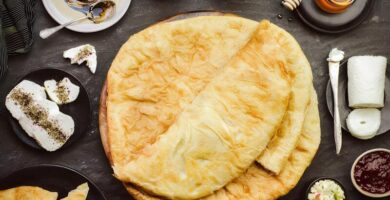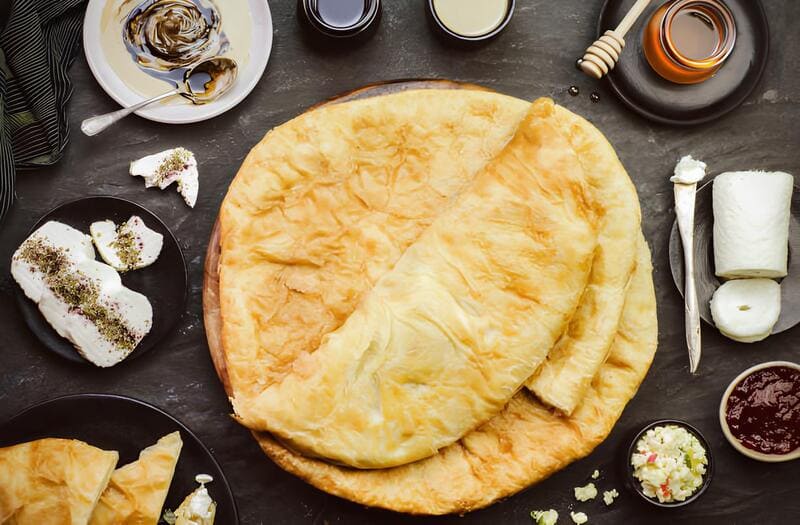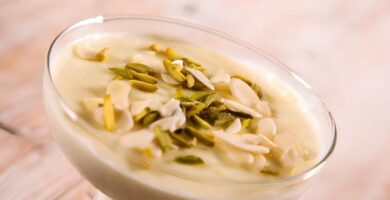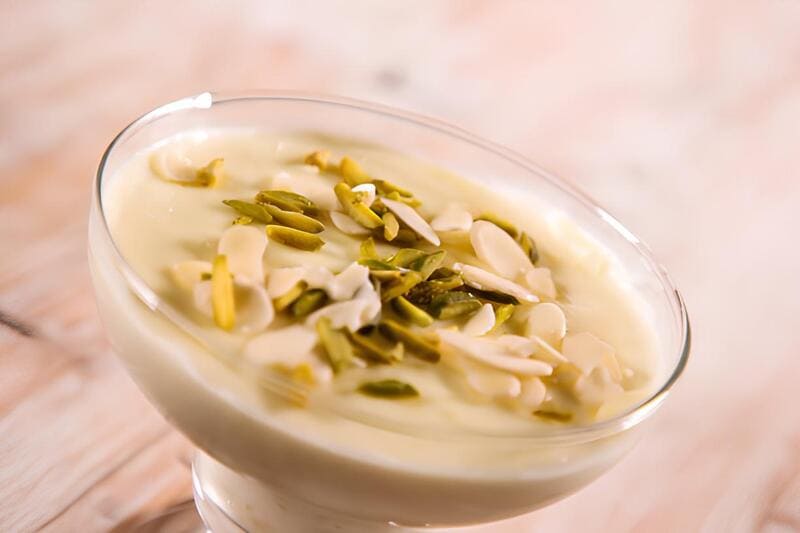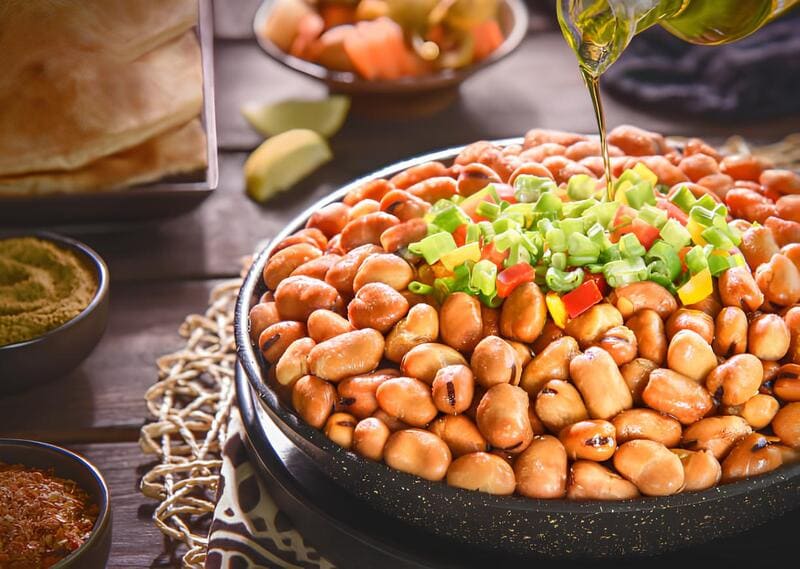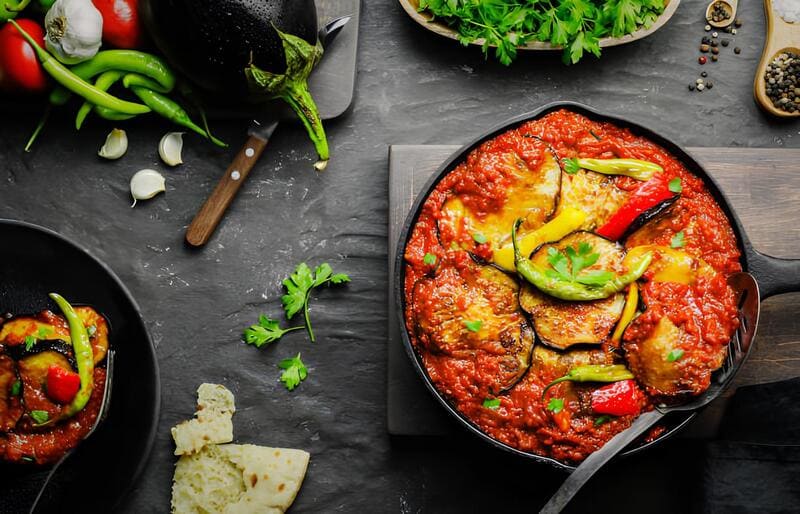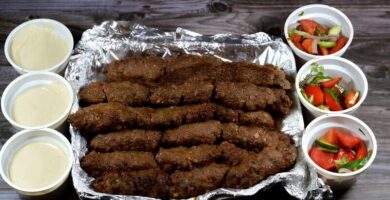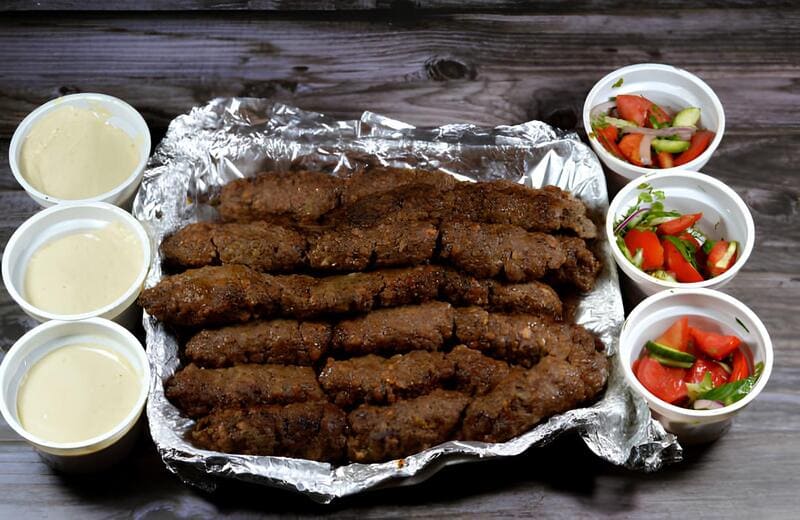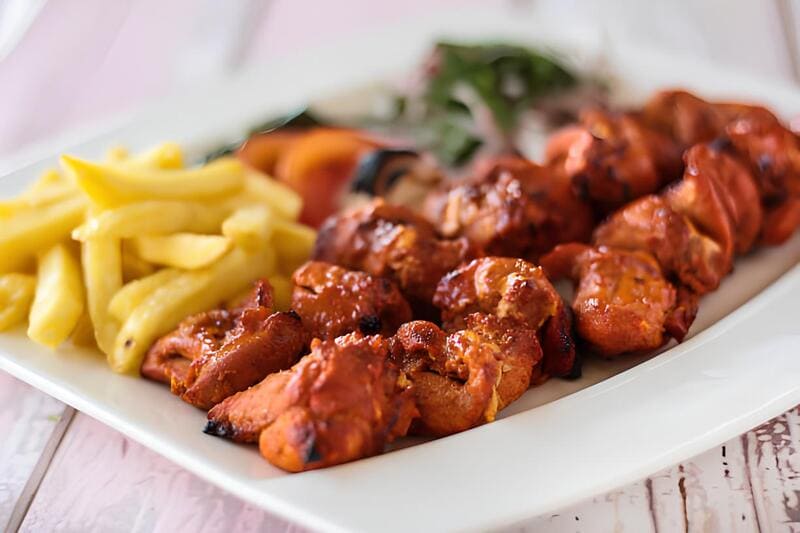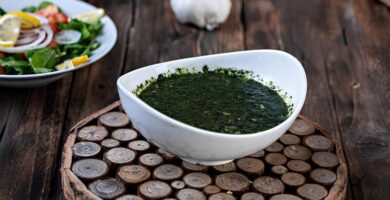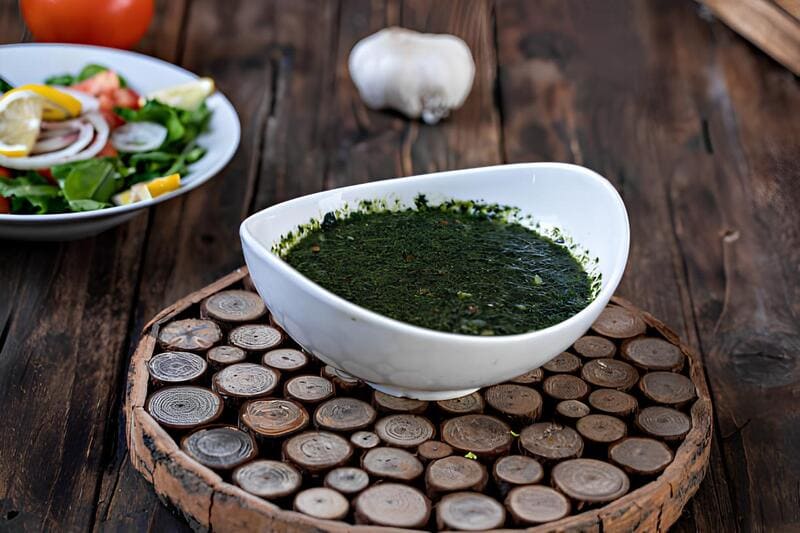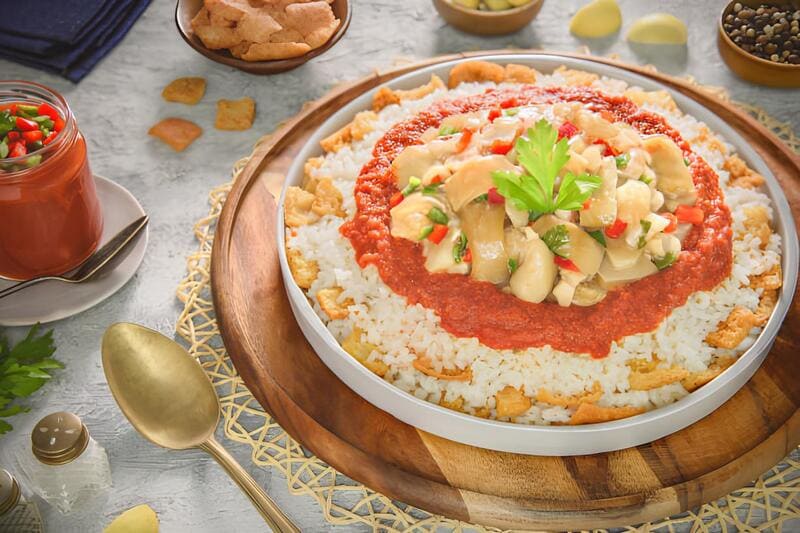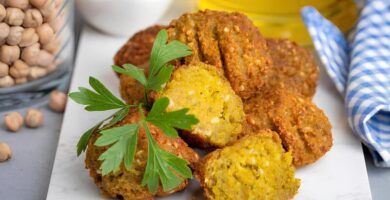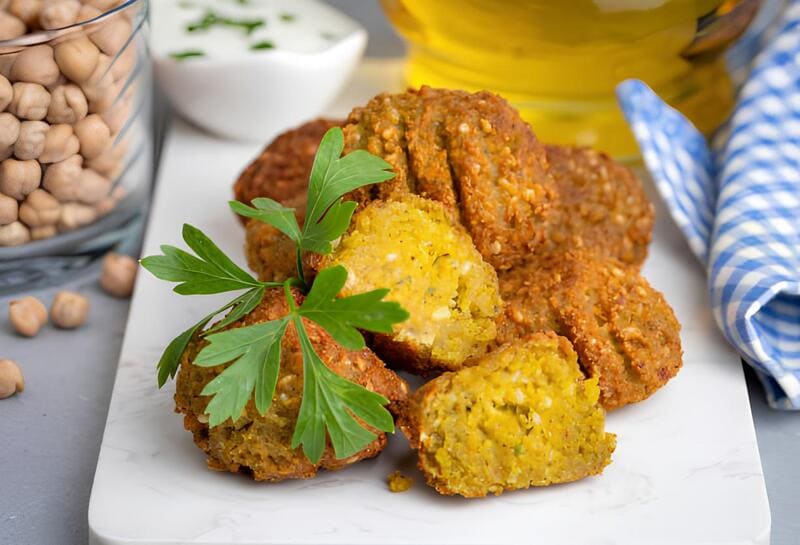
Kabsa, an aromatic and flavorful dish traditionally enjoyed across the Middle East, offers a wonderful interplay of meats and spices, bringing families together over a shared meal. Originating from Saudi Arabia, Kabsa has spread across neighboring countries, each adding its own twist. This one-pot dish consists of rice cooked with chicken and spices, resulting in a savory harmony beloved in Egyptian culinary traditions.
The beauty of Kabsa lies in its perfect balance of spices—neither overpowering nor underwhelming. With robust flavors of cardamom, cloves, and nutmeg, the dish absorbs the rich juices of the chicken, making every bite a delightful experience. Whether served during festivals, family gatherings, or simply as a comforting meal, Kabsa never fails to please.
Ingredients
- 2 whole chickens, cut into pieces
- 2 cinnamon sticks
- 5 star anise
- 4 bay leaves
- 1 tsp cloves
- 1 tbsp cardamom pods
- 1 tbsp black peppercorns
- 1 whole garlic head, halved
- 1 ginger root, halved
- 1 large onion, julienned
- 1/4 cup vegetable oil
- 3 cups Basmati rice
- 5 tomatoes, chopped finely
- 2 large garlic cloves, minced
- 1 tbsp ground coriander
- 1 tbsp ground cumin
- 1 tbsp paprika
- 1/2 tsp nutmeg
- Pinch of saffron
- 2 hot chili peppers, slit open
- Salt to taste
Preparation
- In a large pot, place the chicken pieces and add the cinnamon sticks, star anise, bay leaves, cloves, cardamom pods, and black peppercorns. Add the halved garlic head and 1/2 of the ginger root sliced thinly. Cover with water, add salt, and bring to a boil. Let it simmer for 1 hour.
- Once cooked, remove the chicken and strain the broth. Set both aside.
- In the same pot, heat the vegetable oil over medium heat. Add the julienned onions and sauté until golden brown.
- Add half a cup of the reserved broth and continue cooking the onions until softened.
- Add the minced garlic, remaining ginger (sliced thinly), ground coriander, cumin, paprika, nutmeg, and saffron. Stir well.
- Mix in the chopped tomatoes and cook until the oil separates from the tomatoes.
- Add the slit chili peppers and the cooked chicken pieces to the pot, stirring gently to coat them with the spices.
- Add 3 cups of the reserved broth and bring to a boil. Add the rinsed Basmati rice and stir.
- Boil uncovered until the rice absorbs the liquid, then reduce the heat to low, cover the pot, and let it cook for about an hour until the rice and chicken are tender.
Did you know?
Kabsa is not only known in Egypt but also has variations in several Middle Eastern countries, each adding its unique touch! In Lebanon, it is often enhanced with aromatic pine nuts and almonds, while the Saudi version might include dried limes for an added zesty flavor. The dish is so versatile that even within Egypt, different households might add their own specific ingredients like raisins or caramelized onions.
Kabsa is also remarkably similar to Biryani and other rice dishes like Mandi. However, a critical distinction is that Kabsa involves cooking the rice and meat together in one pot, allowing the rice to fully absorb the rich chicken broth and spices. This method ensures that the flavor profiles are deeply intertwined, making every spoonful flavorful.
Moreover, incorporating whole spices rather than ground ones gives Kabsa a more subtle and layered taste. While it may require a bit more effort to strain them out later, the end result is a velvety texture free from gritty spice residue, making the dish both appealing and smooth. Whether you are an expert cook or a kitchen novice, Kabsa’s harmonious balance of spices makes it a must-try!

